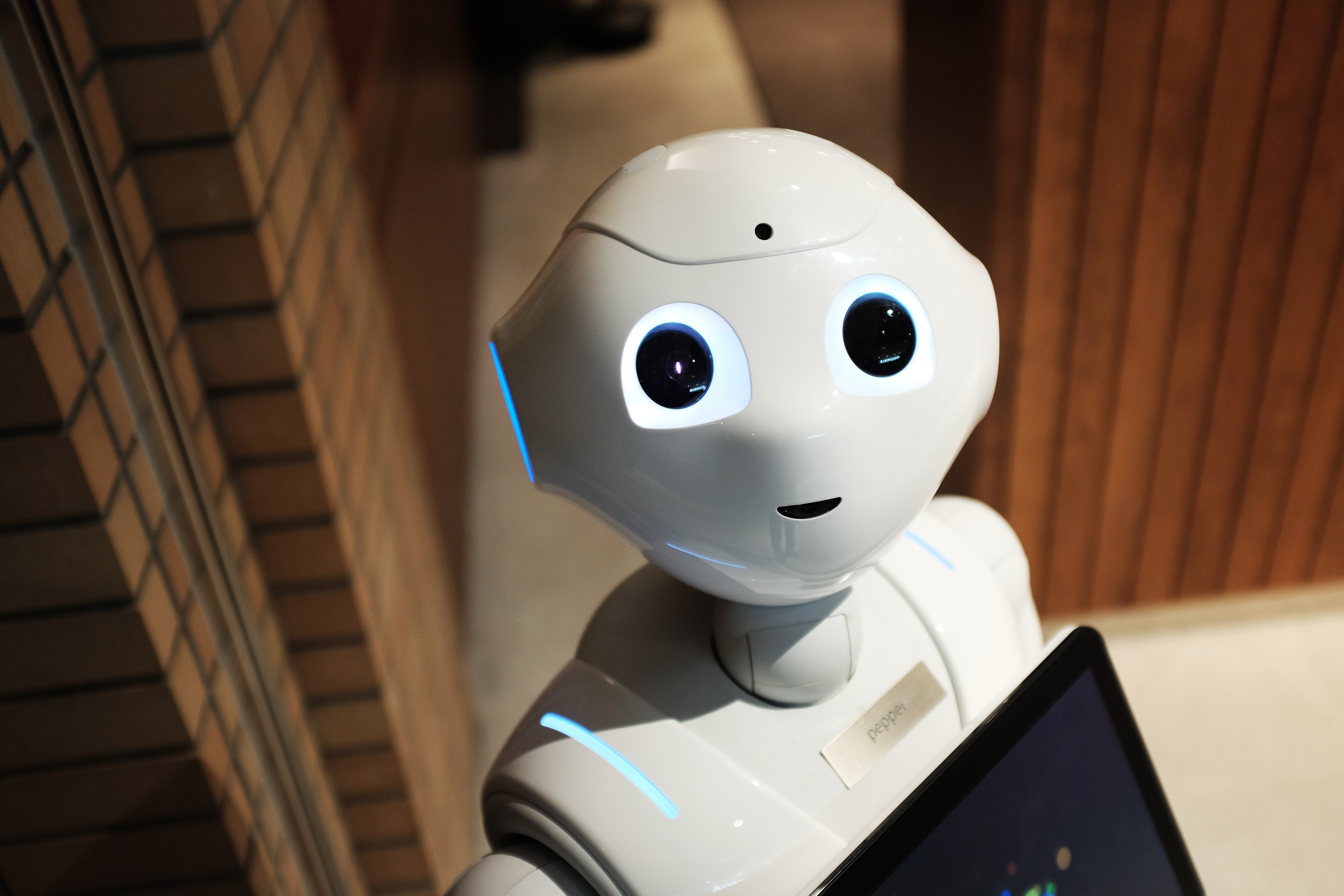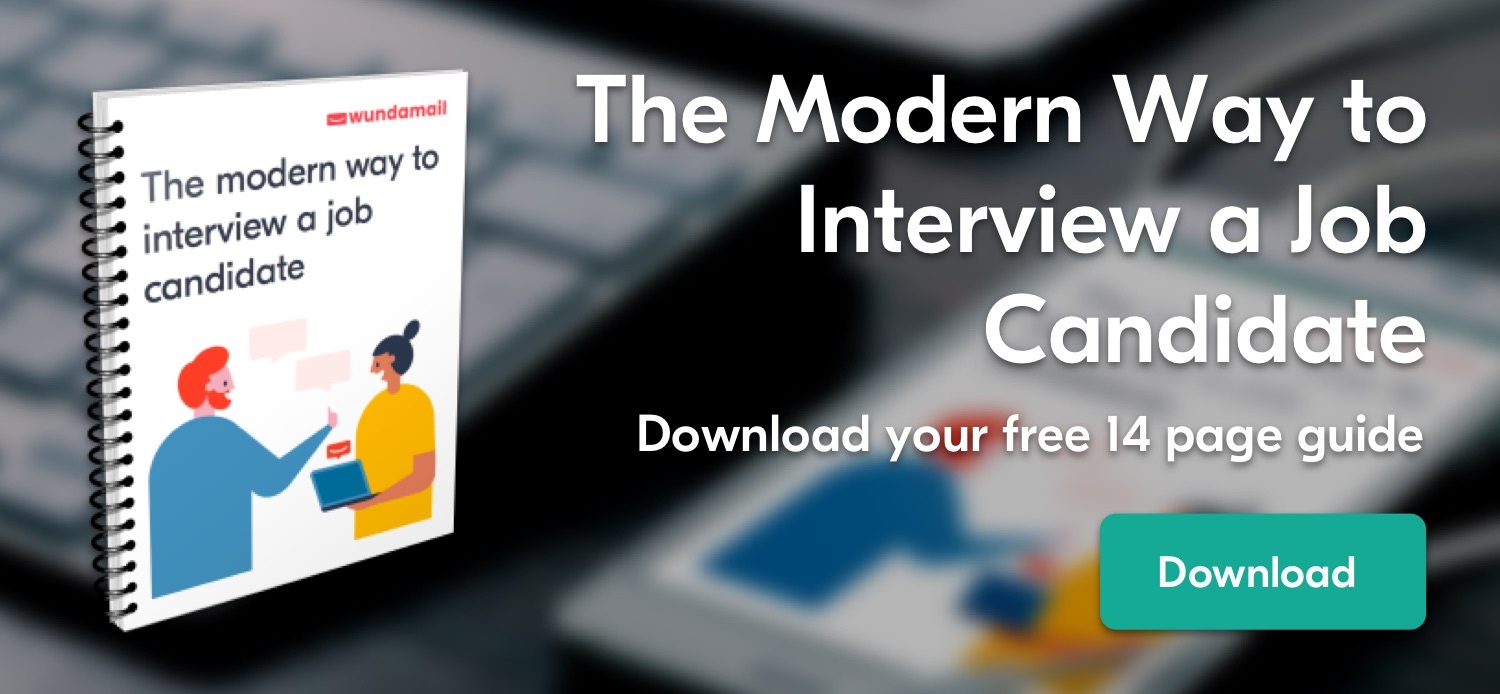We live in times of rapid change. Every aspect of our lives is led and influenced by technology and nowhere is that more evident than in our working lives. We used to discuss the future of work in terms of decades ahead, when the pace of technological change means we could be working in very different ways in just a couple of years time.Today, things change weekly, daily. Don't blink, you could miss something. It’s exciting and interesting to think of, but there are challenges and pressures ahead.
The Economist John Maynard Keynes’ vision of the future of work, written in his 1930 essay ‘Economic Possibilities for Our Grandchildren’ saw us existing in a leisure society by 2030, working an average of 15 hours per week. Clearly, that isn’t going to happen. We wish, right? But what is going to happen? Where will we be in say, 20 years? How will the workplace change? And should we be worried?
We’ve been talking about the future of work for centuries. Ever since the Industrial Revolution, we’ve worried about our jobs and livelihoods being under threat from technological advances. It’s nothing new. Technology brings opportunity, and opportunity brings challenge. We can handle it. Today, when we look to the future of the working environment, we think of automation. Oxford University economists Dr Carl Frey and Dr Michael Osborne predict that 40% of all jobs are likely to be lost to computers in the by 2050. That doesn’t mean we all suddenly become redundant in the new robot utopia, though. The jobs lost will mainly be low-skilled repetitive work, and we’re already seeing that change taking place in agriculture and manufacturing anyway.
There’ll be areas where the bots don’t, or can’t get involved. Creative roles, work of a social nature, health, and roles that rely on social interaction will remain unaffected. As Frey puts it “The jobs left would be increasingly creative and social, which is something we find more pleasurable. So it is true that we will work in complementary ways to machines". The service economy will continue to grow. And after all, we’ll need people to develop and build the systems and to fix the robots.
The structure of how we work may change too. Rather than a hierarchical system of top-down management, we could see a move to a more lateral structure, moving away from single-base working, a remote workforce of freelancers operating in teams, a global gig economy, dispersed but well connected through new tools and on new platforms. Careers will change too. We’ll need to adapt and learn. In the world of 21st Century working, learning will reign, as the pace of technological change quickens. The forces of change move fast and we need to keep up. So rather than one single long career, our working life will more likely become a series of mini-careers, four or five years long.
While we might still be some way from John Maynard Keynes vision of a leisure overload, we’re living through huge changes, and facing a new world of living, a new way of working. Who knows what opportunities lay ahead of us? We know that change and opportunity bring their own unique challenges, but we hope that technology will equip us for those challenges.
The future of work is already here. Put your arm around a robot today.




